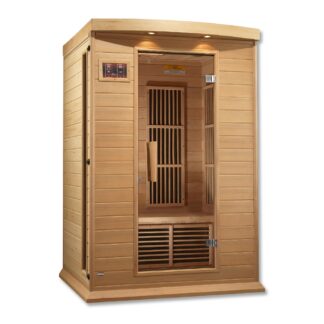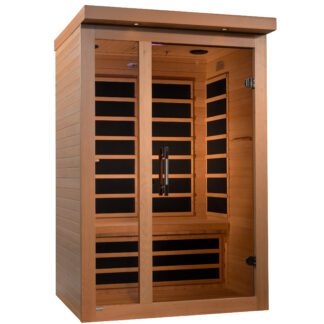
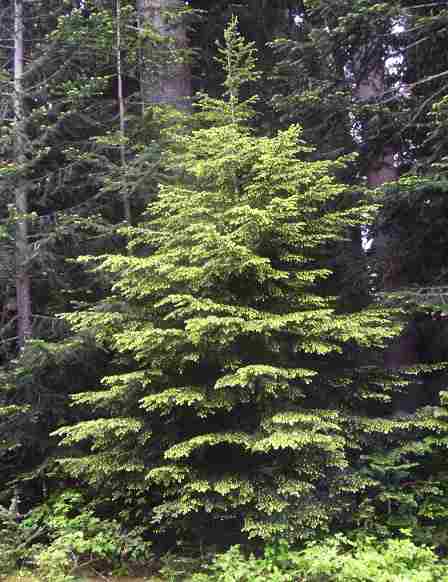
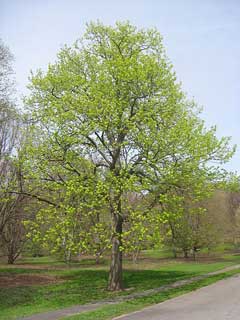
The main difference between the three woods for sauna manufacturers really comes down to only few characteristics that narrow our choices for infrared sauna construction, crushing strength, shrinkage, average dried weight, working properties & toxicity.
Wood Toxicity is the most important to us because it is the most important to our clients. Most of our clients are looking to detox their bodies from environmental toxins not introduce them. As such toxicity is of great concern as our saunas are used in medical facilities around the country. As such, all of our saunas are specially kiln dried to burn away oils and resins that may otherwise outgas allergens and toxins during the heating and cooling of the wood in the sauna environment.
Wood weight is a concern as it can increase the price of the sauna being delivered to you and limiting the availability to those who need it most. The weight of the wood contributes to difficulty in assembly because heavier wood would need additional hardware to support the added weight increasing the price of the sauna.
Shrinkage is important to note because it tells us how the wood will age over time it will determine how likely the wood will splinter or cracks as your sauna heats up and cools down over time.
Crushing Strength is important because in a sauna environment we don’t want to step through our floor or split our bench as both pose a danger to the end user. Although construction design is also important factor in the strength and durability of your sauna it is important that the wood itself is strong enough not crack or give when under pressure.
The working properties of a wood is of concern because we need a wood that is easy to work with to maintain an affordable price.
As we narrow down the woods based on important properties specific to sauna use we find that Hemlock is the ideal choice for both its hypoallergenic properties, appropriate balance of weight and strength and minimal shrinkage. Hemlock is normally considered to be a scentless, resin-free wood that is available in very large, knot-free dimensions. The wood has a very regular, uniform structure, and is not durable outdoors. Hemlock is not easy to impregnate so surface scarring and imprinting is rare in hemlock. Some infrared sauna companies choose different woods such as Basswood or Aspen but these woods are very soft often poorly hold nails and are more suitable to carving not for a long lasting sauna cabin construction.
So if Hemlock is the ideal wood, why would companies manufacture saunas from Cedar?
In truth most of us are phasing out the use of Cedar. We use it now out of tradition. Most people are unfamiliar with an infrared saunas and immediately associate the sauna with a traditional hot rock or steam sauna. When I say “sauna”, they say “Cedar”. What is important to know about Cedar is that a properly construction Cedar sauna will not have that cedar smell we associate with a cedar chest or closet. In a properly constructed cedar sauna the wood is kiln dried specifically to burn away resins and oils that can outgas during a sauna session eliminating that cedar fragrance. The only benefit of cedar in an indoor sauna is asthetic value. Cedar is a beautiful traditional wood that makes gorgeous furniture but can be susceptible to scarring or indentation due to its soft nature. Cedar also has benefits when used outdoors as it is very durable in regard to decay resistance, and has some resistance to insect attack. All Celebration Saunas are for use indoors only.
If you are seeking and outdoor sauna it is important to choose a Cedar sauna with a pitched roof. It’s important to note that in climates where temperatures drop below 50 degrees it will be difficult to heat any infrared sauna to the ideal temperature for effective use when stored outdoors.
Please use the table below for a comparison of wood properties commonly used in Infrared Sauna Construction.

Canadian Hemlock Tree
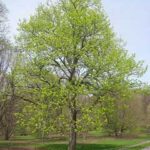
Basswood Tree

Canadian Red Cedar Tree


